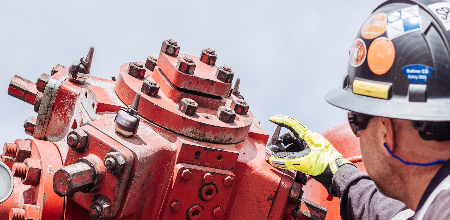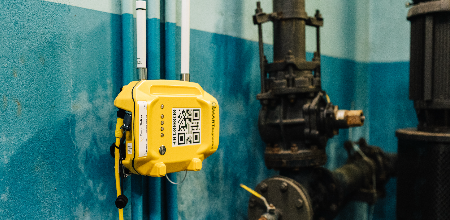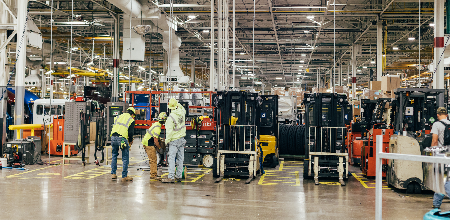Want to eliminate unplanned downtime and extend the lifespan of your critical assets?
Contact us to see how our comprehensive, AI-driven machine health platform can optimize your operations.


Machine Health Optimization





Machine Health Optimization
Predictive Maintenance Playbook
Many teams stall after early PdM wins—installing sensors and collecting data, but struggling to scale.
Our FREE Predictive Maintenance Playbook reveals the 4 essential stages to advance from basic monitoring to a mature, ROI-driven program.